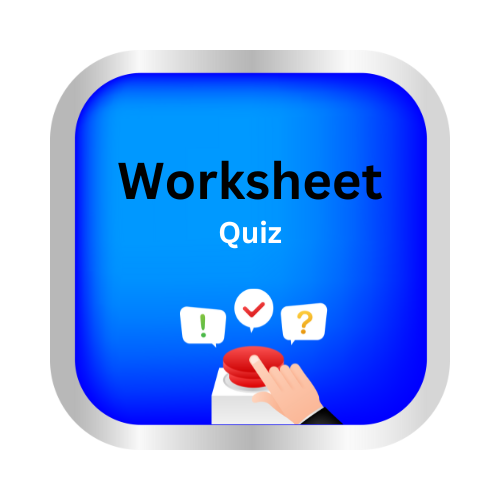How Does Water Get Polluted?
Key Notes :

- Introduction to Water Pollution:
- Water pollution refers to the contamination of water bodies such as rivers, lakes, oceans, and groundwater.
- It occurs when harmful substances enter the water, making it unsafe for humans and wildlife.
- Sources of Water Pollution:
- Point Source Pollution: Pollution that comes from a single, identifiable source, like a factory or sewage treatment plant.
- Non-Point Source Pollution: Pollution that comes from diffuse sources, like runoff from roads, farms, and urban areas.
- Types of Water Pollutants:
- Chemical Pollutants: These include chemicals like pesticides, heavy metals (lead, mercury), and industrial waste.
- Biological Pollutants: Microorganisms such as bacteria, viruses, and algae that can cause diseases and oxygen depletion.
- Physical Pollutants: Sediments, heat, and altered flow patterns can physically harm aquatic ecosystems.
- Common Causes of Water Pollution:
- Industrial Discharges: Factories release chemicals and waste into water bodies.
- Agricultural Runoff: Pesticides and fertilizers from farms can contaminate nearby water sources.
- Sewage and Wastewater: Inadequately treated sewage can introduce harmful bacteria and pollutants.
- Oil Spills: Accidental oil spills from ships can have devastating effects on marine life.
- Trash and Litter: Plastics and other litter can harm aquatic animals and disrupt ecosystems.
- Effects of Water Pollution:
- Health Risks: Polluted water can lead to waterborne diseases and illnesses in humans.
- Harm to Ecosystems: Pollution can disrupt aquatic ecosystems, leading to the decline or extinction of species.
- Loss of Biodiversity: Many aquatic species are sensitive to pollution and can die off.
- Harm to the Economy: Polluted water can damage industries like fishing and tourism.
- Prevention and Solutions:
- Waste Treatment: Improved wastewater treatment facilities can help remove pollutants.
- Regulations: Laws and regulations can limit the release of harmful substances.
- Reducing Chemical Usage: Using fewer chemicals in agriculture and industry can help.
- Public Awareness: Educating people about the importance of clean water can lead to responsible behavior.
- Conservation Efforts:
- Protecting Watersheds: Preserving the natural areas that surround water sources helps maintain water quality.
- Cleanup Campaigns: Organized efforts to remove trash and pollutants from water bodies.
- Rehabilitation: Efforts to restore polluted areas to their natural state.
- Conclusion:
- Water pollution is a serious environmental issue that affects both human health and ecosystems.
- Everyone has a role to play in preventing water pollution through responsible actions and supporting conservation efforts.
Let’s practice!

